Digital goals
How digital technology and innovation are advancing the Sustainable Development Goals
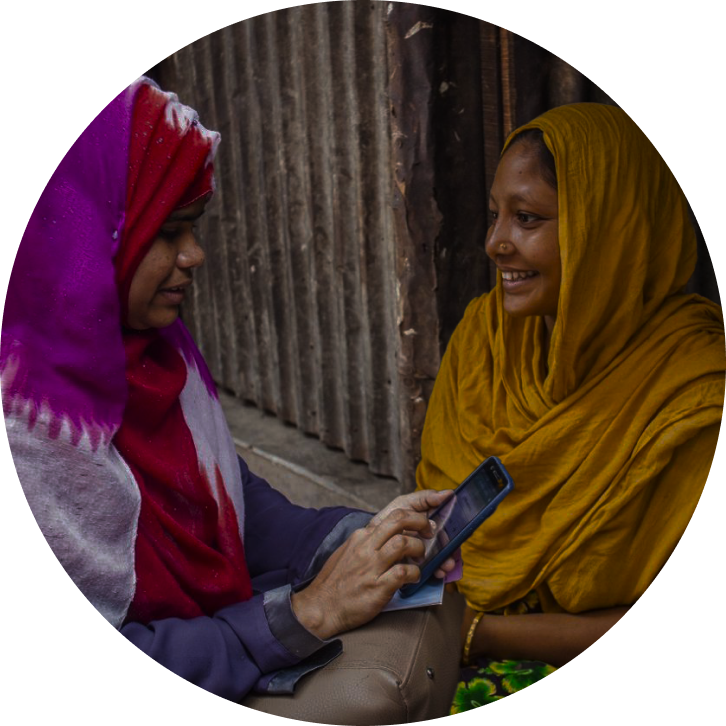
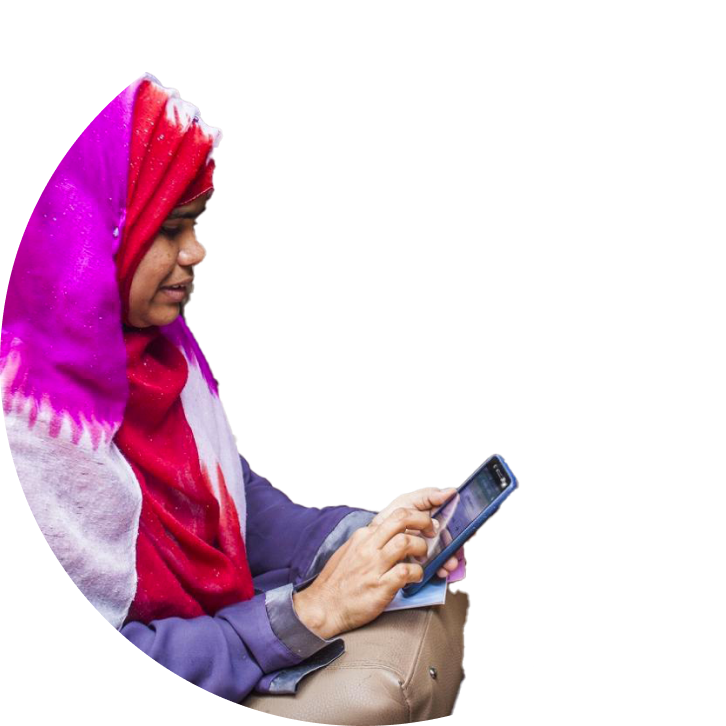
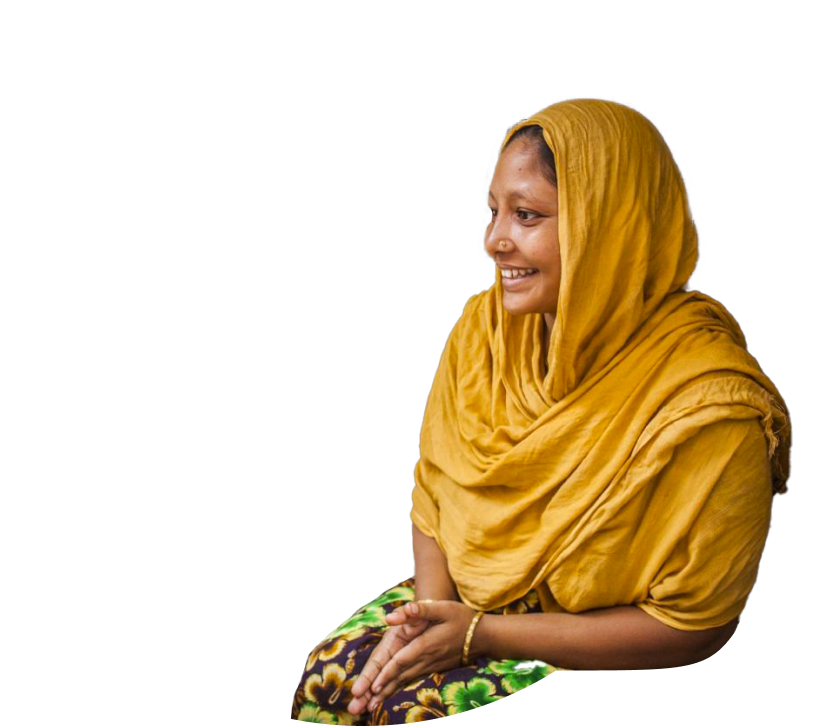






Digital technology has become a fundamental force for change in this century. It is reshaping economies, government, and the very fabric of our communities – touching nearly every facet of our lives. And since 2015, countries have harnessed digital technology to accelerate progress towards achieving of the Sustainable Development Goals (SDGs) by 2030.
The 17 SDGs — ranging widely from the eradicating poverty to cleaning up of our ocean to promoting gender equality — are all getting a boost from the latest in digital strategies. In the last seven years, digitalization has emerged as a veritable keystone, showing enormous potential to unlock the many complex, interwoven challenges addressed in the SDGs.
Learn more about the sdgsAn assist against hunger
In Niger, we see how food security and nutrition have been given an assist through digital technology.
In Niger, where climate change has reduced crop yields and sharpened food insecurity, data collection and analysis has improved our understanding of best agricultural practices to counter those effects. High spatial resolution imagery provided a precise picture of how areas performed and allowed policy makers to identify the farmers with the greatest success in crop cultivation. They could then pinpoint the practices used by those farmers, grasp why they were so successful and then share that knowledge with others.

Advancing the ball for nature
In Georgia’s oldest protected area, Lagodekhi, a vast terrain famous for its diverse climate zones and biodiversity, climate change threatens a vibrant and important ecosystem. To better understand how the area might be affected, rangers there are now equipped with spatial monitoring tools on their cell phones and tablets that allow them to report and track any signs of plant disease and infestation.
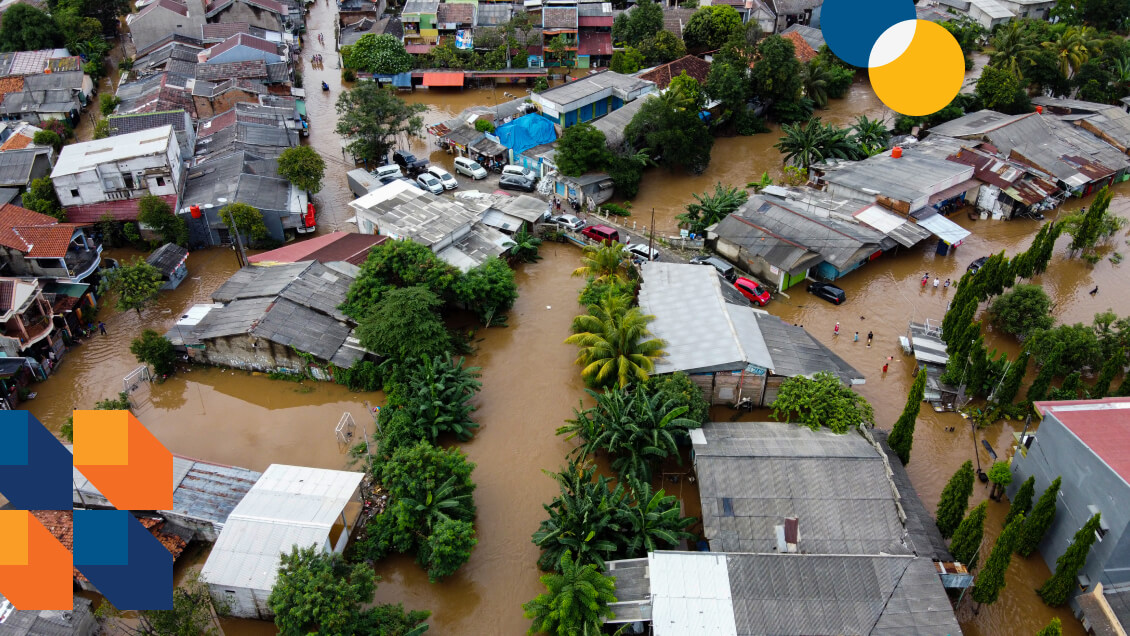
Digitalization has also helped communities prepare for the intense disruption caused by climate change.
In Malawi, since 2015, flooding has had a devastating effect, killing hundreds of people and costing billions of dollars in damages. The installation of 37 data collection sites that will act as hydrological sensors, collecting real-time data and bolstering the ability to forecast floods, will save lives by giving people a more accurate picture of the country’s waterways.
37
data collection sites installed.
Every year in Indonesia, tens of thousands of people are displaced by flooding. Natural and manmade lakes can mitigate these floods by capturing excess rainfall. However, unmanaged city growth and sedimentation have damaged the lakes’ ability to do so. Indonesia’s Government partnered with UNDP to generate what is called “collective mapping”, a data set that captures the condition of over 200 lakes in the area to help determine what maintenance is necessary to help the lakes to prevent floods.
Defenders of gender equality
In Mexico and Iran digital strategies have been deployed to help achieve progress on gender equality.
In Mexico, 34 percent of women have experienced some form of sexual violence in public spaces. So data sets were collected using crime statistics, qualitative data, and satellite imagery to show which public spaces were safer for women than others — and why they were safer. These maps identified which variables were present in areas with greater crime rates against women. This helped the Mexican government determine the best strategies and policies to make public spaces safer for women.
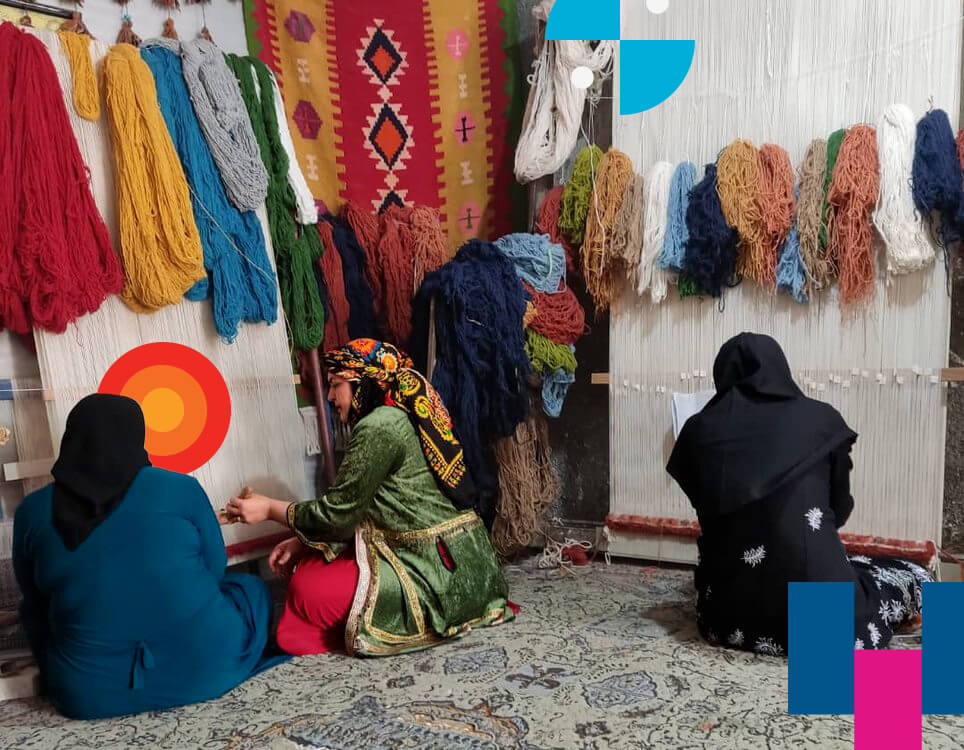
In Iran, many entrepreneurial women lack the skills and training to get their footing in a global market that has become increasingly technological and interconnected. UNDP has created an initiative to help women develop the digital skills they need to set up, sustain and expand their businesses. Whether they are cultivating figs or weaving carpets, Iranian women are developing skills in content creation, brand management, digital literacy and marketing — all essential for businesses to thrive in an increasingly digital landscape
A win for health
In India, digital technology has been crucial in the fight for better health.
The government introduced an electronic vaccine intelligence platform (CoWIN) that has improved the efficiency of vaccine registration, immunizations and appointments throughout the country. Since CoWIN’s deployment in January 2021, more than 1.1 billion people in India have been vaccinated against COVID-19 across more than 5,000 sites — most of which were in rural and hard-to-reach areas.
+1.1B
people vaccinated in India against COVID-19
+5000
vaccination sites — most in rural and hard-to-reach areas
Game changer for governance
Digital knowledge and strategies have also been crucial for overall governance across the world: governments now have access to new and powerful tools as they work towards the 17 SDGs.
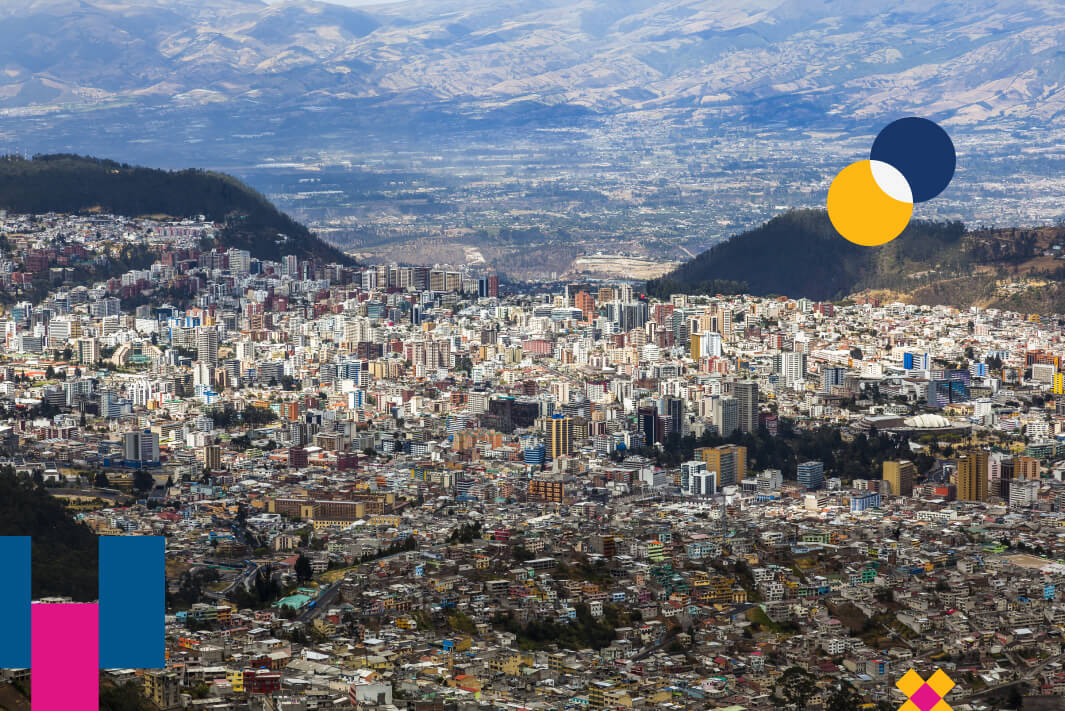
The Data Policy Navigator is a game changer in this regard. Offering step-by-step recommendations and concrete examples, the Navigator aims to make it easier for decision makers to integrate data into all stages of policy and programme development.
Inspiring use cases come from all over the world. In Moldova, the government worked with private sector partners to build a refugee mobility dashboard to better respond to the influx of refugees following the Russian invasion of Ukraine. In Ecuador, the city of Quito has embraced a series of data-driven urban initiatives that have improved bus routes, enhanced road safety and benefited overall infrastructure in the city.
Halftime for the SDGs

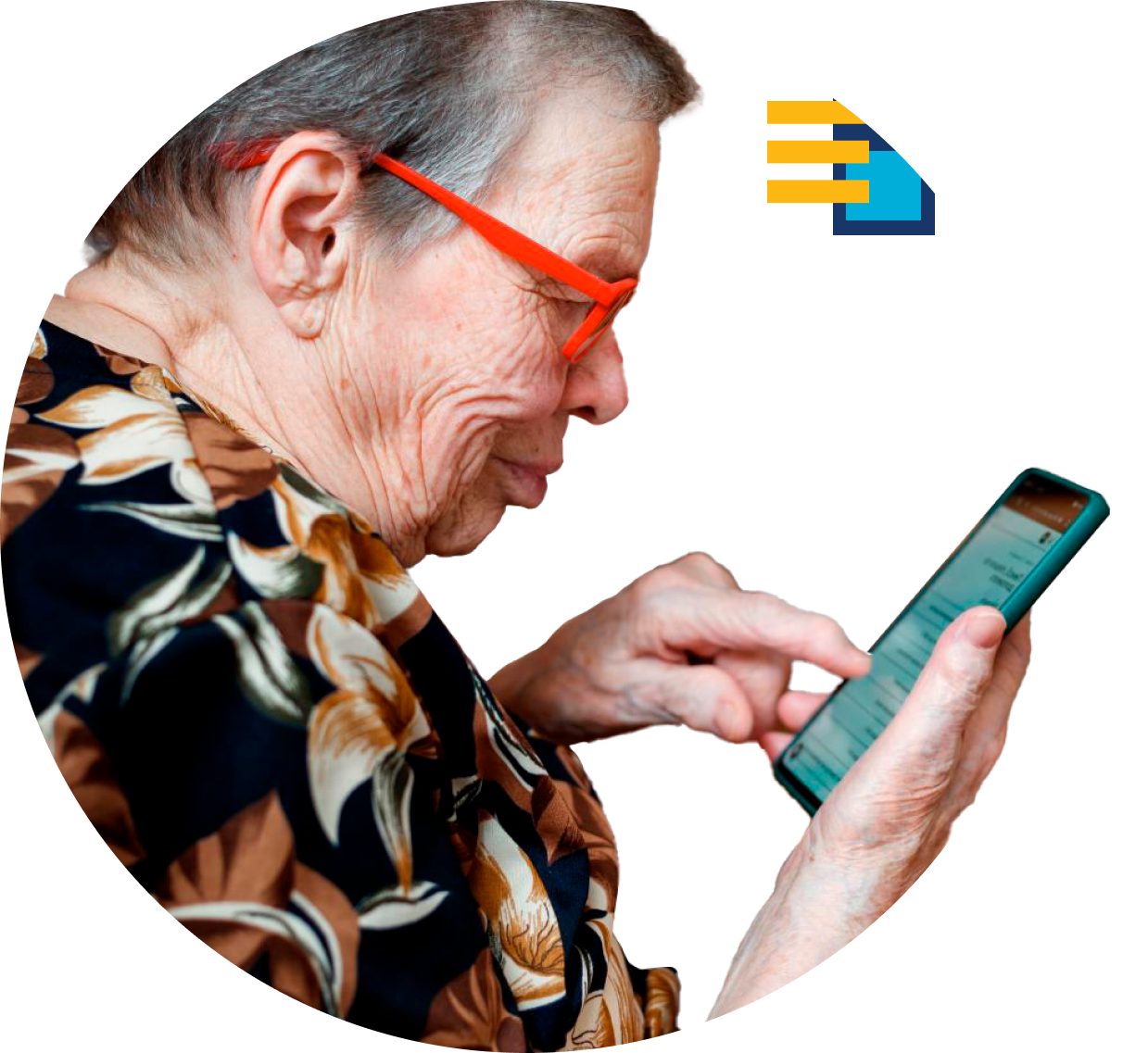


This year marks the halfway point for the 2030 Agenda. As we assess where we are on our course to achieve of the Goals, it is clear that digitalization has become a most valuable player (MVP), creating success and generating knowledge in multiple areas.
The transformative power of digital technology is accompanied by substantial risks. Without careful thought and proactive measures, digital transition carries the threat of increasing inequalities and polarization both within and between countries.
Currently 2.7 billion people – roughly 36 percent of the world’s population – do not have access to the internet. And 96 percent of the unconnected live in developing countries. Through its Digital Strategy and an inclusive, rights-based approach, UNDP works with countries and partners to mitigate the risks and leave no one behind – both in the digital transformation and on the SDGs.
With seven years to go before the 2030 deadline for the SDGs, the use of digital knowledge, tools and strategies will continue to be essential if we want to realize this vision for a prosperous, sustainable and just future. An MVP candidate for the last seven years, digitalization can see more minutes in the second half, so to speak. And like any great player, digital strategies, employed nimbly and intelligently, will elicit the best in everyone on the team.




Join the conversation
Join the conversation
Join the conversation
Join the conversation
